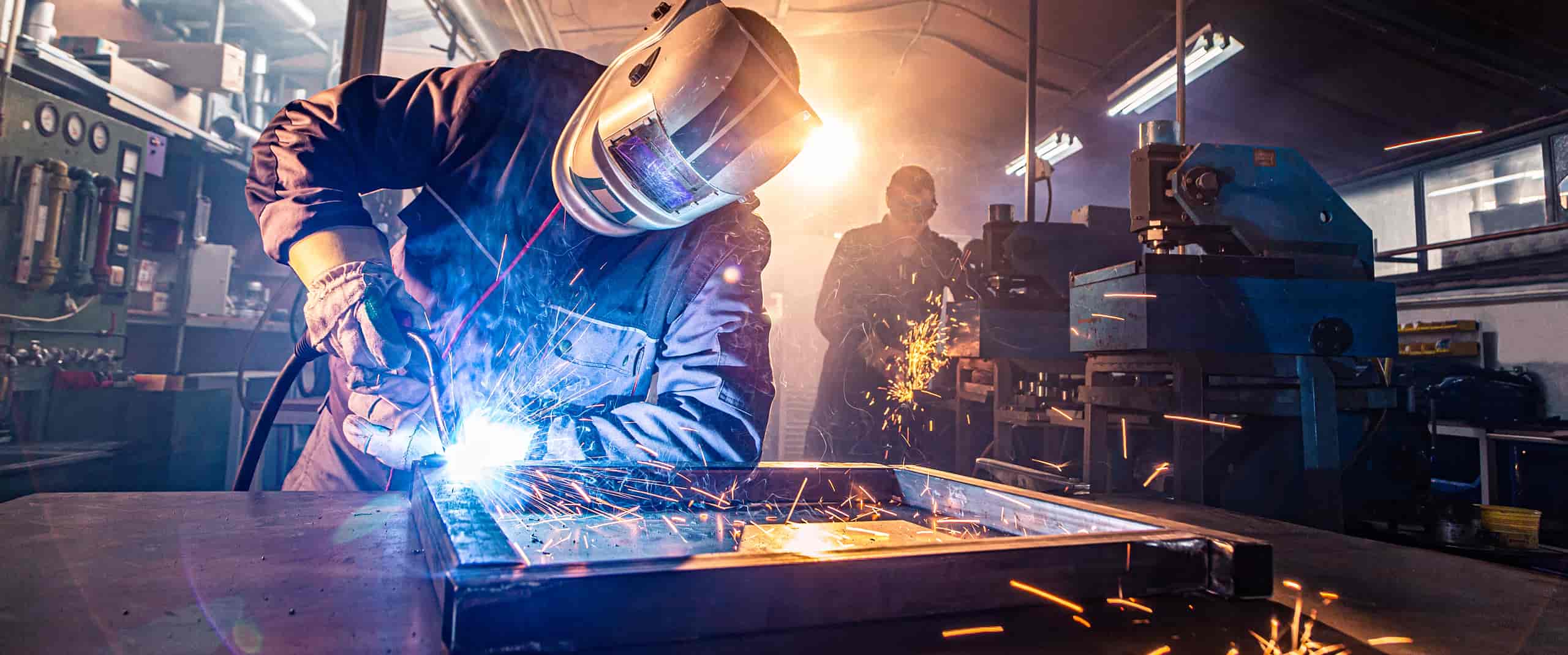The Ultimate Guide to Welding WPS Procedures: A Comprehensive Introduction for Welders
In the elaborate globe of welding, Welding Treatment Specifications (WPS) act as the backbone of making sure high quality, uniformity, and safety in welding procedures. Comprehending the nuances of creating, carrying out, and monitoring WPS procedures is crucial for welders aiming to boost their craft and meet market criteria. As we look into the numerous parts of a WPS and discover the intricacies of certification and accreditation, we will discover the crucial duty these treatments play in the realm of welding. Let's begin on a trip to unwind the intricacies and value of WPS treatments in welding techniques.
Significance of WPS Procedures
Comprehending the importance of Welding Procedure Requirements (WPS) procedures is vital for ensuring the high quality and integrity of bonded frameworks. WPS treatments act as a roadmap for welders, outlining the needed steps, criteria, and products required to accomplish a sound weld. By sticking to WPS standards, welders can make sure uniformity in their work, leading to dependable and structurally audio welds.
One of the main reasons why WPS procedures are vital is their duty in keeping weld quality and honesty. Following the specified welding specifications and strategies detailed in the WPS aids avoid problems such as porosity, cracking, or incomplete fusion, which can jeopardize the stamina and sturdiness of the weld.
Parts of a WPS
A Welding Treatment Requirements (WPS) usually comprises important parts that detail the certain needs for carrying out a weld, guaranteeing consistency and high quality in the welding procedure. The crucial parts of a WPS consist of vital variables such as base steels, filler metals, preheat and interpass temperatures, welding procedures, shielding gases, welding positions, and post-weld warmth treatment needs.
Base steels refer to the products being signed up with, while filler steels are used to fill the space in between the base steels during welding. The welding procedure outlines the certain method to be used, whether it's gas steel arc welding (GMAW), secured steel arc welding (SMAW), or an additional technique. Welding positions define the alignments in which welding can be carried out.

Credentials and Accreditation
Having developed the essential elements of a Welding Treatment Spec (WPS), the emphasis currently shifts towards the crucial aspects of qualification and certification in welding methods.

Qualification, official statement on the various other hand, is the official acknowledgment of a welder's credentials by an appropriate qualification body or organization. Welding certifications are generally based on the certain welding procedures, products, and placements a welder is certified to collaborate with. Holding a legitimate welding qualification demonstrates that a welder fulfills market standards and is proficient to do welding jobs to the needed specs.
Developing a WPS
To develop a Welding Procedure Specification (WPS) that fulfills market requirements, cautious factor to consider of welding procedures, products, and operational criteria is crucial. The very first step in developing a WPS is to recognize the welding process to be made use of, such as gas steel arc welding (GMAW) or secured metal arc welding (SMAW)

Applying and Monitoring WPS
Upon wrapping up the detailed Welding Treatment Requirements (WPS) that carefully information welding processes, materials, functional parameters, and quality control actions, the emphasis moves to properly carrying out and checking the well-known treatments. Application entails ensuring that all welders included in the job recognize with the WPS and follow it carefully throughout the welding procedure. This needs supplying appropriate training and supervision to ensure adherence to the defined treatments. Keeping an eye on the WPS involves constant oversight to verify that welding activities line up with the recorded requirements. Inspections, testing, and quality control measures are important parts of the monitoring process to identify any inconsistencies or concerns without delay. Routine audits and testimonials of the welding treatments aid in keeping consistency and top quality throughout the project. Effective implementation and tracking of the WPS are crucial important source for guaranteeing the integrity, strength, and safety and security of the bonded joints, ultimately adding to the overall success of the welding job.
Final Thought
To conclude, understanding and complying with Welding Treatment Specs (WPS) is essential for welders to make certain high quality, uniformity, and safety in their work. By knowing the parts of a WPS, acquiring correct certifications and certifications, developing thorough treatments, and executing and checking them efficiently, welders can boost their skills and proficiency in welding methods. Complying with WPS treatments is necessary for creating premium welds and conference sector standards.
In the intricate world of welding, Welding Treatment Specifications (WPS) offer as the foundation of guaranteeing quality, consistency, and security in welding procedures. The welding process lays out the details method to be used, whether it's gas steel arc welding (GMAW), secured steel arc welding (SMAW), or an additional approach.To establish a Welding Treatment Spec (WPS) that meets market criteria, mindful consideration of welding procedures, products, and functional parameters is necessary. The initial step in producing a WPS is to recognize the welding procedure to be used, such as gas steel arc welding (GMAW) or shielded steel arc welding (SMAW)Upon finalizing the detailed Welding Treatment Specification (WPS) that carefully details welding processes, materials, operational specifications, and high quality assurance steps, the focus shifts to successfully carrying out and keeping an eye on the recognized treatments.
Comments on “Welding WPS for Beginners: Starting with Welding Procedure Requirements”